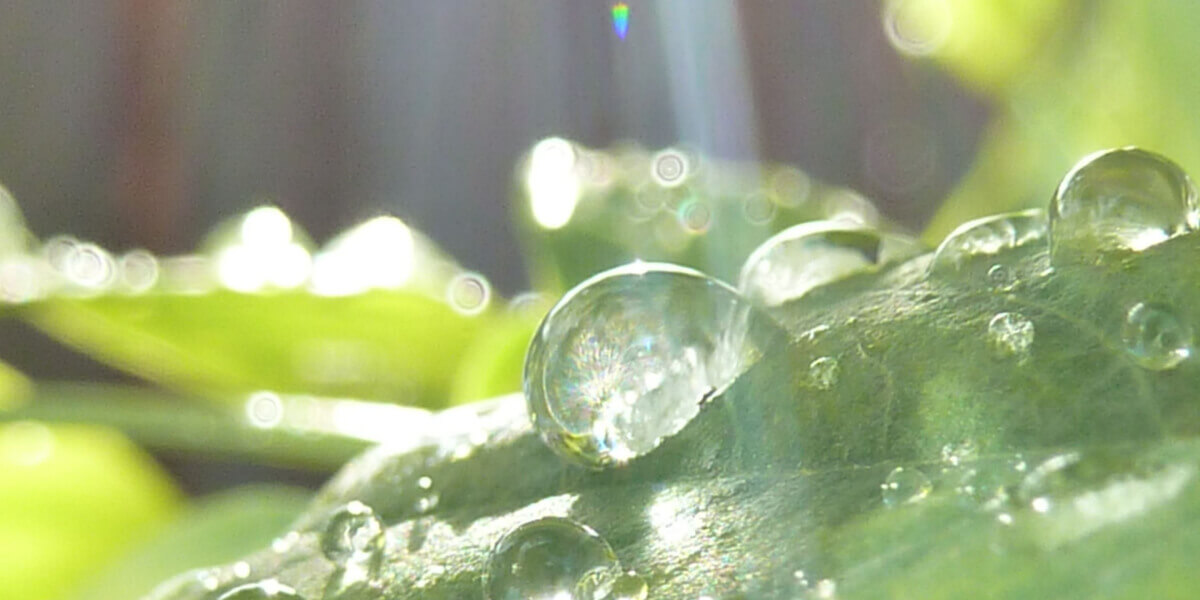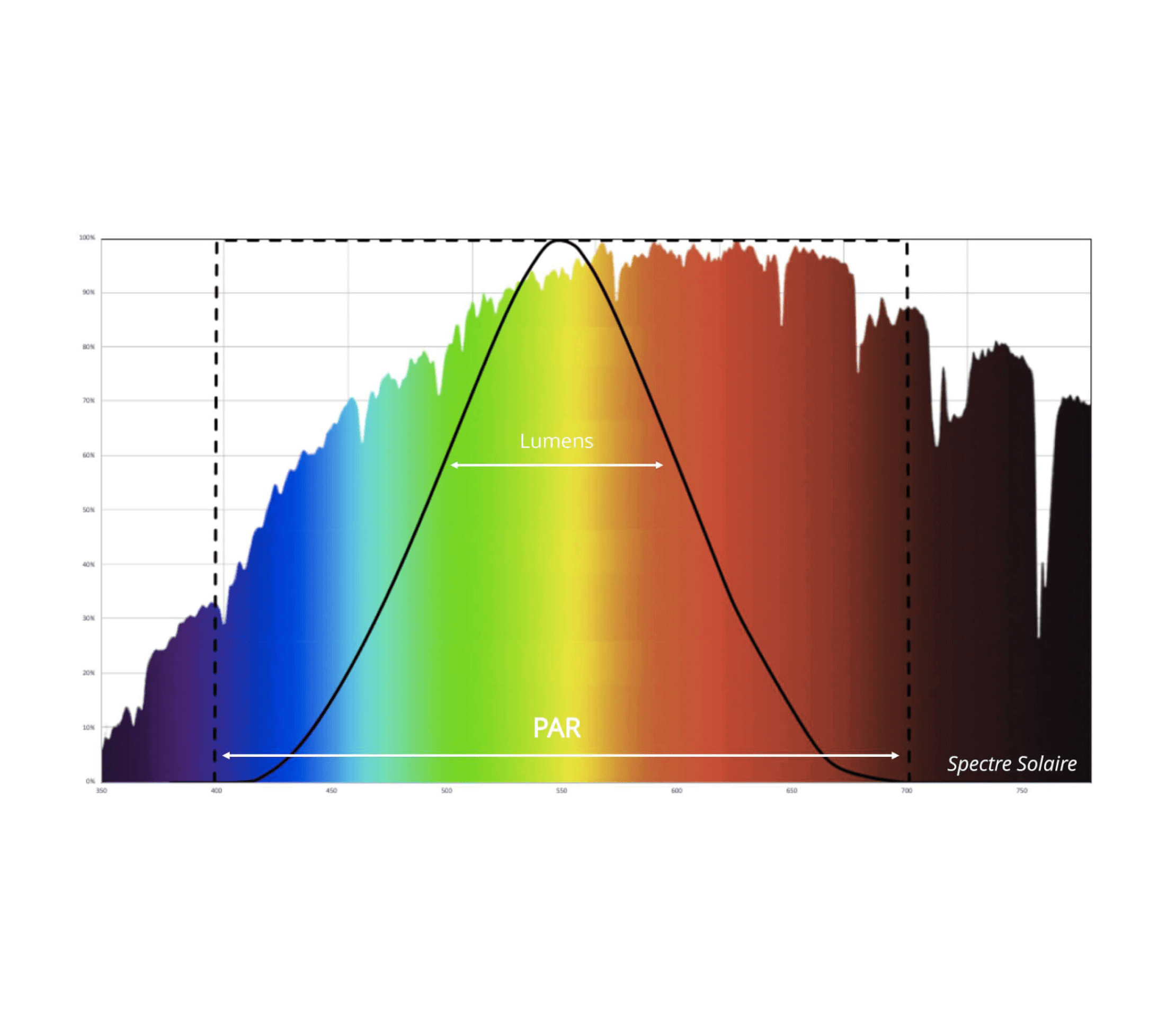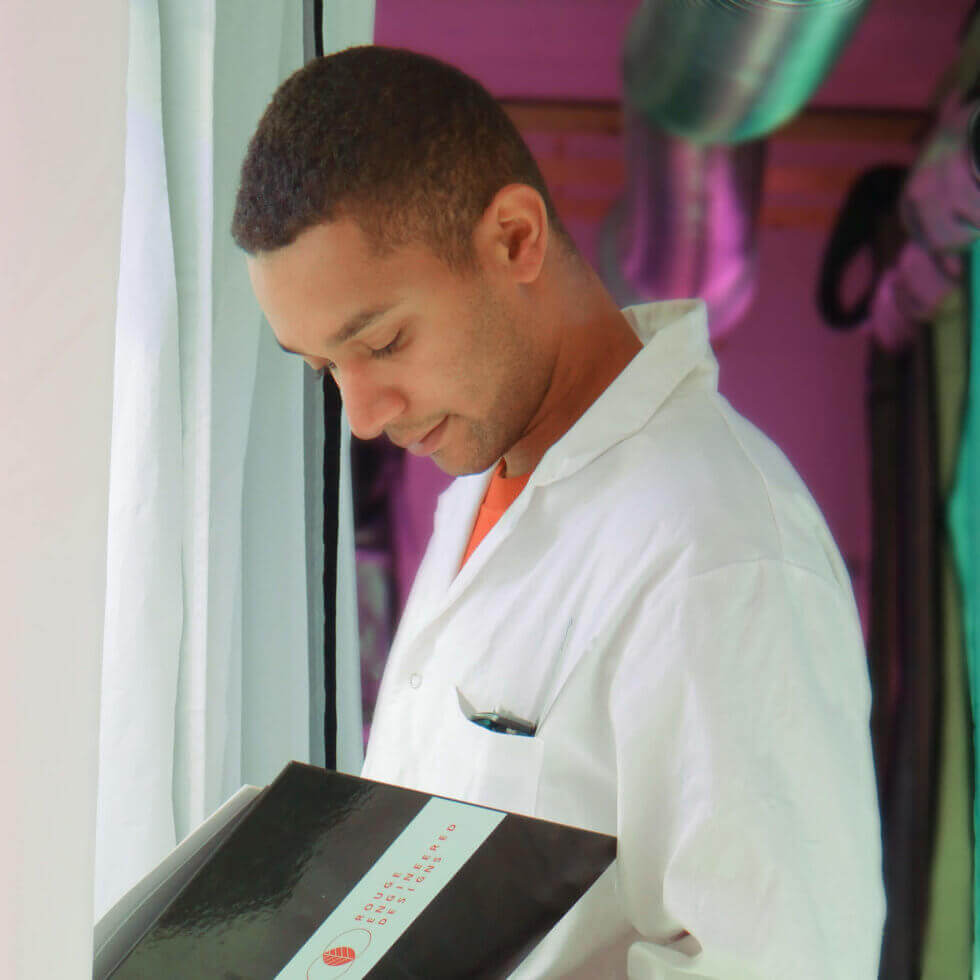
Perception of light by the plant and the human eye.
First of all, it is important to know that plants and people perceive light in very different ways.
14 November 2023
The human eye uses special photoreceptors to characterize light in terms of intensity and colour. These photoreceptors are very sensitive to green wavelengths and much less sensitive to blue and red wavelengths. Therefore, the lumen model was developed for light applications with human eyes (roads, residential areas, offices and other purposes). So, the number of lumens tells us the amount of light relative to the sensitivity of the human eye at different wavelengths. The lux (lumen/m²) is the measure of intensity used to characterize the number of lumens distributed over a surface of 1 m².
Unlike the human eye, plants use all wavelengths between 400 and 700 nm for photosynthesis. The PAR model, Photosynthetically Active Radiation, is used for horticultural applications.
As plants are more sensitive to blue and red light, measurements in lumens and lux should not be used to characterize natural or artificial light in the greenhouse area. Moreover, the effect of each type of light on plants is a complex subject that will be the subject of a future article.



